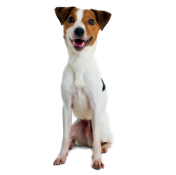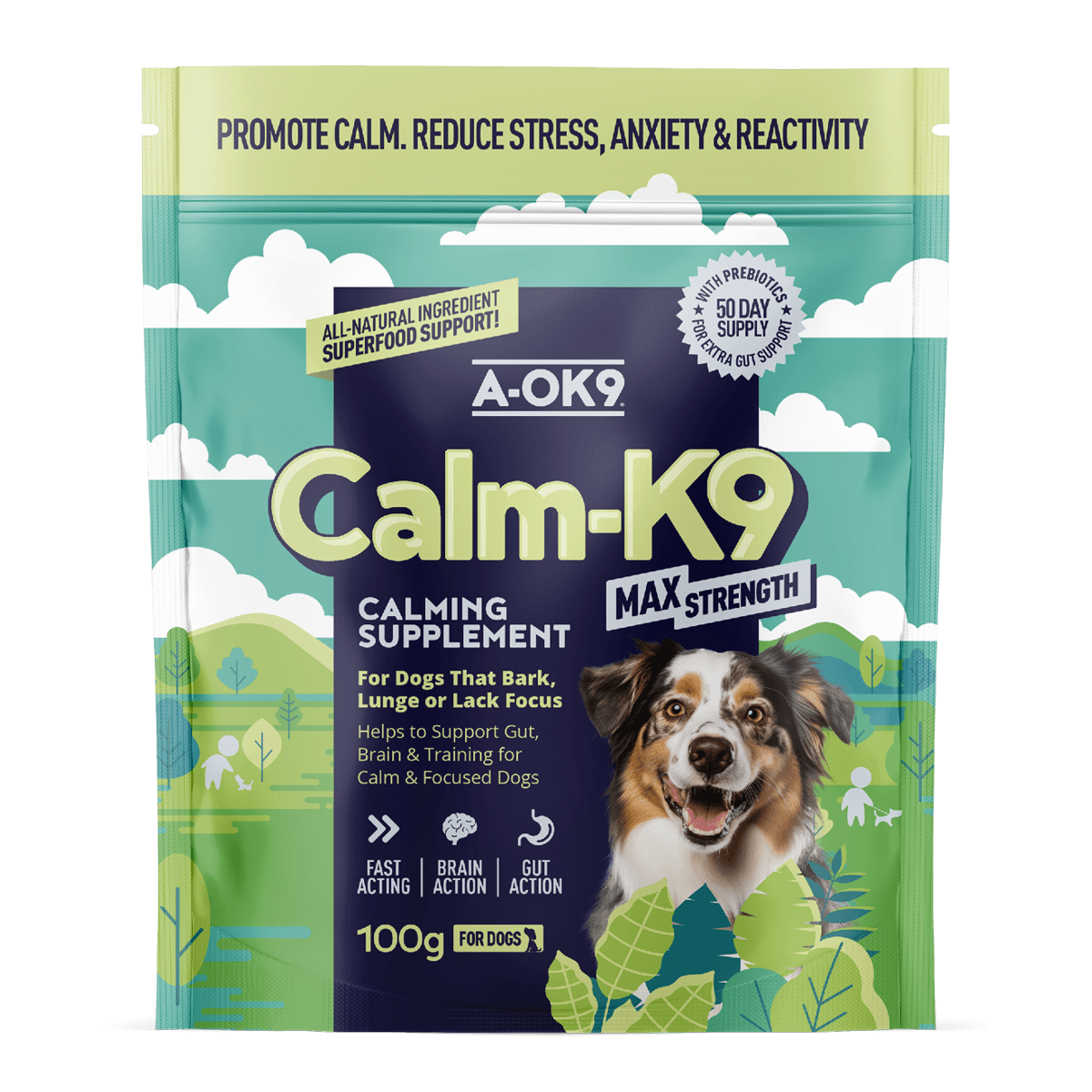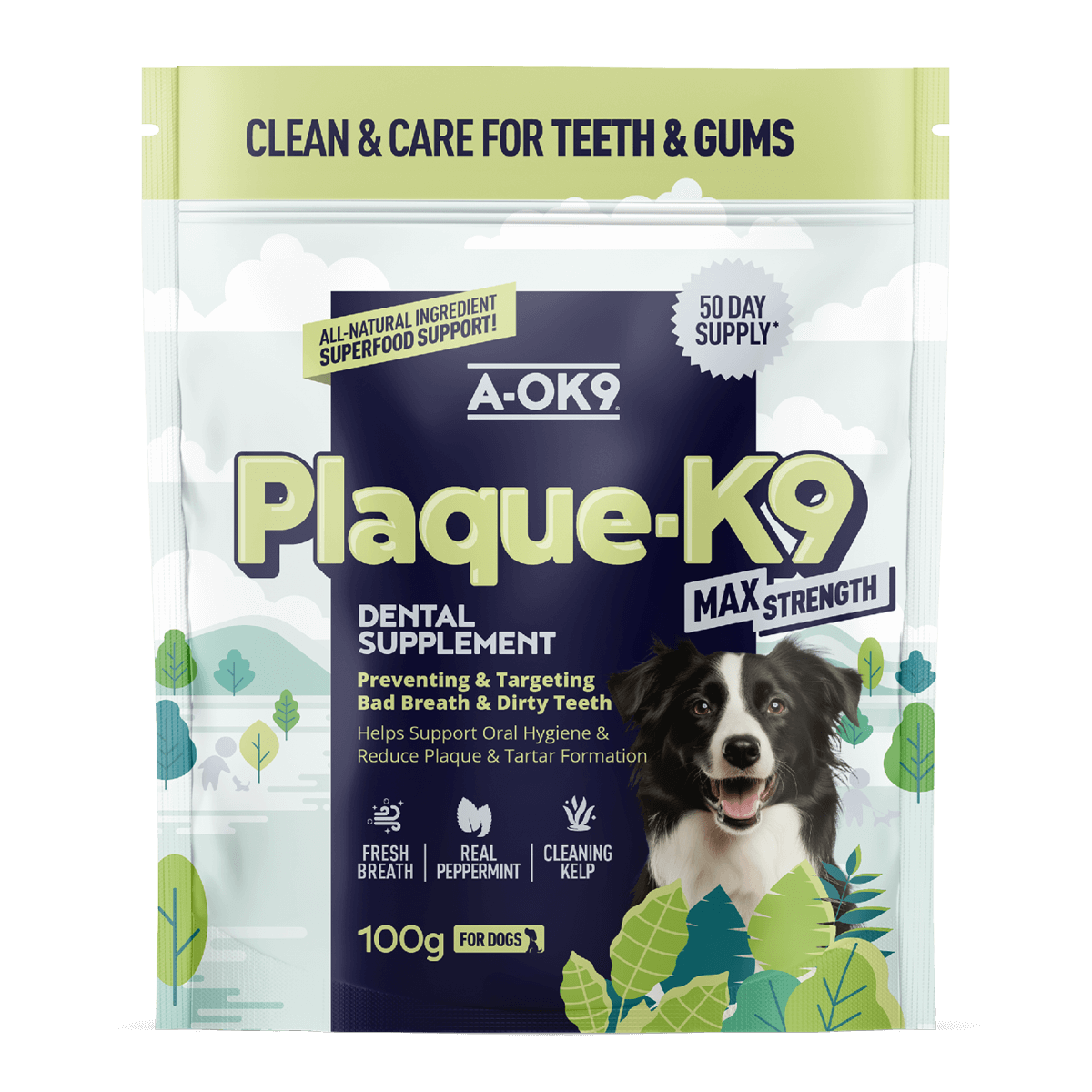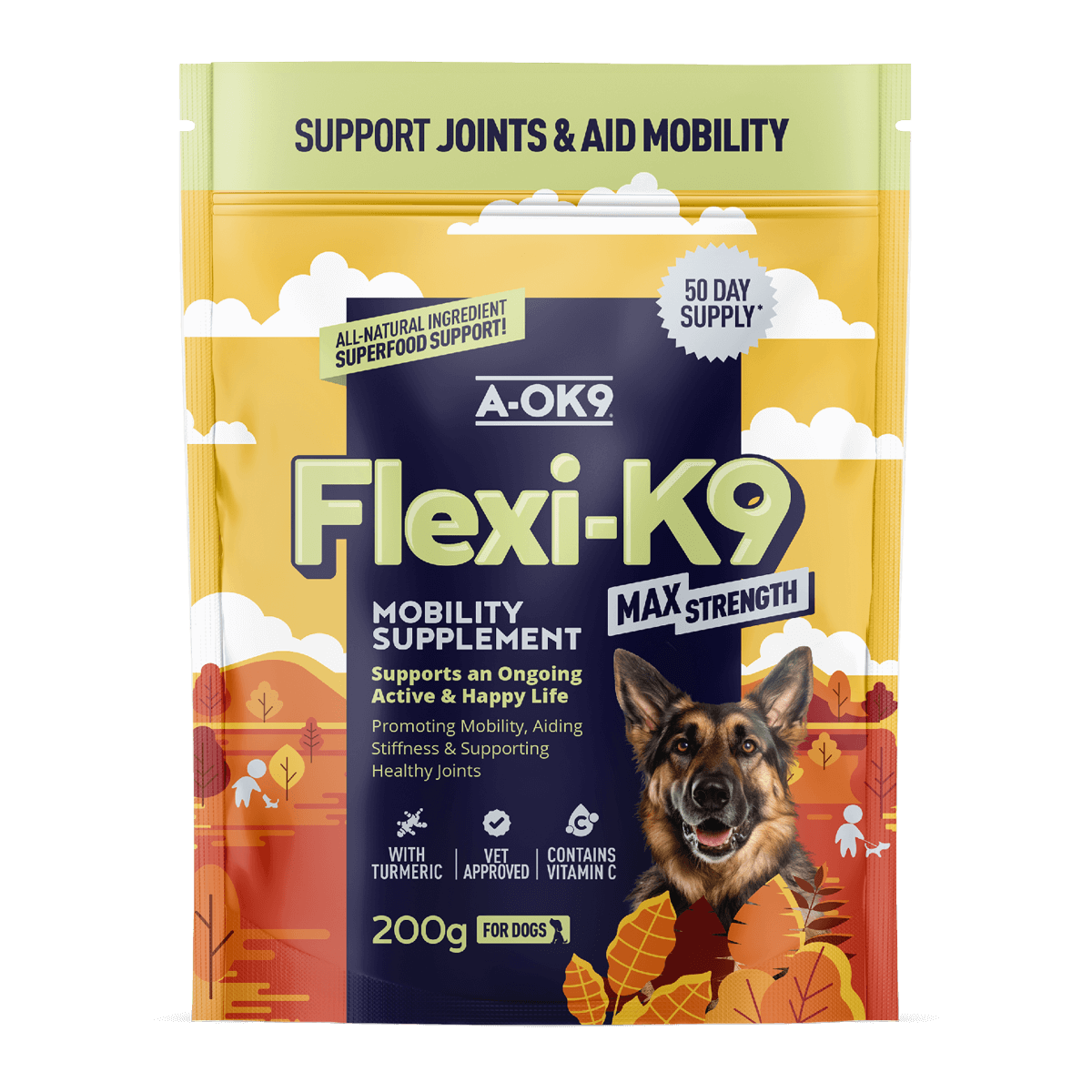How often do you look at your dog’s behaviour and think “this is very different from the outcome I imagined when I got a dog in the first place”? You’ve read the books, tried various training techniques and got the t-shirt on most (unsolicited!) advice given by other dog owners. It's exhausting to put so much time, effort and energy into our dog’s training, only to see a minimal result. And a lot of the time, it can feel like the wheels are spinning on your dog training results. Then, we look around us and see other people that may have put the same amount of effort in as us, or even worse, less, and they’ve got a very different outcome. The reality is that often what we’re presented with on a daily basis, is far from the dream that made us get a dog in the first place.
Wait! There’s A Whole Dog To Think About!
So why is it that one dog might respond positively to the same training that another dog struggles with? When we focus on just one piece of the puzzle, the difference in outcome may seem like a mystery. We focus on training and - in turn - just see that our dog training is having little effect. But in order to get the best result with our training, we need to consider a whole dog approach. And the fact is training is absolutely essential. And equally, it’s one piece of an elaborate puzzle that is the living, breathing animal that we share our lives with, love and care for and, most importantly, want the very best quality and quantity of life from. Your dog’s overall wellness plays a significant role in their behaviour. Fact.
There are three systems that are closely linked and are constantly governing how favourably your dog responds to what they’re being asked to do. One of them is, of course, your training and the other two are brain wellbeing and gut wellness. These represent a cycle where they each interact with and impact one another. Until recently, we’ve only been focusing on the first of the three, without considering its relationship with your dog’s brain and gut wellness. When the cycle of training-brain-gut wellness isn’t working in synchrony, it impacts the results you see from your training (whether your dog is barking, lunging and “reactive” to things, distracted, pulls on the lead or simply has trouble listening.) Or even how driven they are by food, and rewards in their training. Finally, and most importantly it impacts how optimistic they are. For our dogs to cope with children grabbing at them (not that they should have to but life doesn’t alway behave itself!), another dog barking or lunging, and loud noises like fireworks, for example, they need to be optimistic in the world that they live in.
Why Does Brain Wellbeing Matter?

The brain is made up of chemicals, or in more scientific terms ‘neurotransmitters,’ and there are a few neurotransmitters that are especially important to your dog’s wellbeing. The two that you really need to be aware of are:
1. GABA, the main inhibitory neurotransmitter of the brain involved in downregulating activity.
2. Serotonin, as with humans, is responsible for mood, optimism, appetite, aggression, impulse control, and anxiety.
Importantly, serotonin has to be made by the body and the way it does that is through Tryptophan, which can only be supplied through diet. That's why we include Tryptophan (and other Brain, Gut and Behaviour BOOSTING Superfoods!) in every scoop of CALM-K9.
Why Does Gut Wellness Matter?

The gut micro biome impacts (positively or negatively) neurotransmitter creation and even directly signals to the brain. EVER FELT HANGER? As you can imagine, this will impact on what you’re seeing day-in-day-out in their behaviour.
LOOK! What Scientists Found
In 2011 a team of researchers was exploring the impact a challenged microbiome has on the brains of mice and gave a group of mice a probiotic and another group of mice no probiotic. What they found is that within the brains of the mice that were given probiotic, there was an alteration of GABA receptor expression. Now, remember that GABA is that neurotransmitter that’s involved in inhibition, of reducing activity. This had huge effects on the mice. It led to a reduction in cortisol, a reduction in anxiety-related behaviour and evendepression-related behaviours as well. (Bravo et al., 2011) In short, the probiotic helped calm the mice and improve their mood.
In a different study on rodents in 2016, researchers transplanted the microbiome from a group of clinically depressed people into the gut of rats. Fascinatingly, this caused deregulation of Tryptophan metabolism, the thing essential for maintaining healthy levels of serotonin (the happy chemical) in the brain. The rats then became noticeably more pessimistic, which in turn meant they were less accepting of novelty and less accepting of open spaces as well. Put simply, they got sadder, more fearful and pessimistic. (Kelly et al., 2016)
That's why we include dog-specific Probiotic (and other Brain, Gut and Behaviour BOOSTING Superfoods!) in every scoop of CALM-K9.
So that’s the BRAIN and GUT elements of the puzzle…
Training: What You Need To Know
Unlike the other two above, your dog’s behaviour and training is familiar to you. But by now you may be realising how the relationship you want with your dog is being limited all the time by the impacts of other parts of the puzzle. The thing is, bad behaviour, or a lack of calmness whether it’s over-excitement, ‘reactivity’ or fear, also harms the microbiome. And, as we know, deterioration in the microbiome negatively impacts brain health and behaviour. It’s a vicious cycle! Let’s look at it again closely.
 This vicious cycle impacts on overall wellness and how happy or anxious you feel, whether you’re a dog or a human!
This vicious cycle impacts on overall wellness and how happy or anxious you feel, whether you’re a dog or a human!LOOK! What Scientists Found
There are some really interesting studies to show that this vicious cycle is really quite scary. Researchers took the microbiome from a group of obese humans, who ate a very high-fat diet and put the microbiome into rats. Shockingly, here’s what happened – that transfer of microorganisms alone from an obese person’s gut caused increased brain inflammation in the rats, a reduction in exploratory behaviour (i.e exercise!), it caused a reduction in cognitive ability and an increase in stereotypical behaviour – coping methods, which in humans are often characterised by “comfort eating!” (Bruce-Keller et al., 2015) So just imagine if you were the obese person with this microbiome, you’d want to increase coping methods, most likely eating, and decrease exploratory behaviour, i.e exercise, in turn making you more obese! A great example of the vicious cycle in play.
Next, we’ll go back to the study in 2016 when the microbiome from depressed people were transplanted to rats. Researchers put two water bottles in the rats’ enclosure; one with sucrose (syrup!) in it; the other with just plain water. Just like us, rats along with lots of other species are typically more interested in the sugary option. Well, when the rats received the depressed microbiome they stopped showing preference to the syrup and went to both bottles equally, depending on whichever was closet. This is characteristic of “anhedonia”, which is when good things happen and it doesn’t feel good or bad, very typical of depression. Now imagine this reduced susceptibility to reward and the impact this is having on your dog’s training and your inability to communicate to your dog that they did a good thing. It’s huge!
How Does This Impact Young Animals?
A question we get asked a lot is does this vicious cycle impact young animals? And the answer is, possibly even more so than with older animals! Another study on mice showed that healthy microbiome is essential for social development. A group of microbiome-free mice were watched to see how they interact with their own species. They were found to show nervous, timid and fearful behaviour towards their own kind. Also true was that the mice didn’t value interacting with their kin and chose to avoid, or actively stay away from other mice. (Desbonnet et al., 2013) The interesting thing about this study is that when they gave a probiotic to these mice, they saw social activity much improved!
Now think about whether your dog struggles with being around other dogs, and entertain the possibility in dogs. We are so quick to label dogs as “dog-dog reactive” or “dog-dog aggressive” when, in effect, they are simply worried about the chain of interaction that happens between individuals of their own species, and, as we can start to consider, this is not a consequence of just one puzzle piece alone.
THREE Interacting Systems Essential For A Healthy, Happy Dog
Three interacting systems essential to your dog’s health and wellbeing are: Your Training, Brain Health and Gut Health.
Up until recently, two of these elements have lived inside a hard-to-reach box.
We haven’t been able to see what’s going on inside these systems, only the bad behaviour that’s a direct result of the interaction between the three!
Being left with only the one visible part of the triangle has meant that we’re investing all of our energy trying to influence one part of the puzzle and obviously, that could limit the gains we’re going to get and, more importantly, could make us feel quite frustrated when we see people achieving different outcomes despite the same (or even less) training investment!
That's exactly why we created Calm-K9, the dietary all-natural dietary supplement that combines brain, gut and behaviour boosting ingredients, so that you can focus on the fun, stress-free relationship you dreamt of when you got a dog in the first place!


















Leave a comment (all fields required)